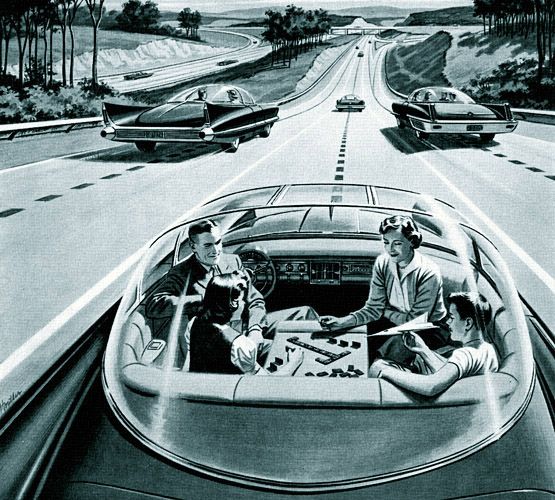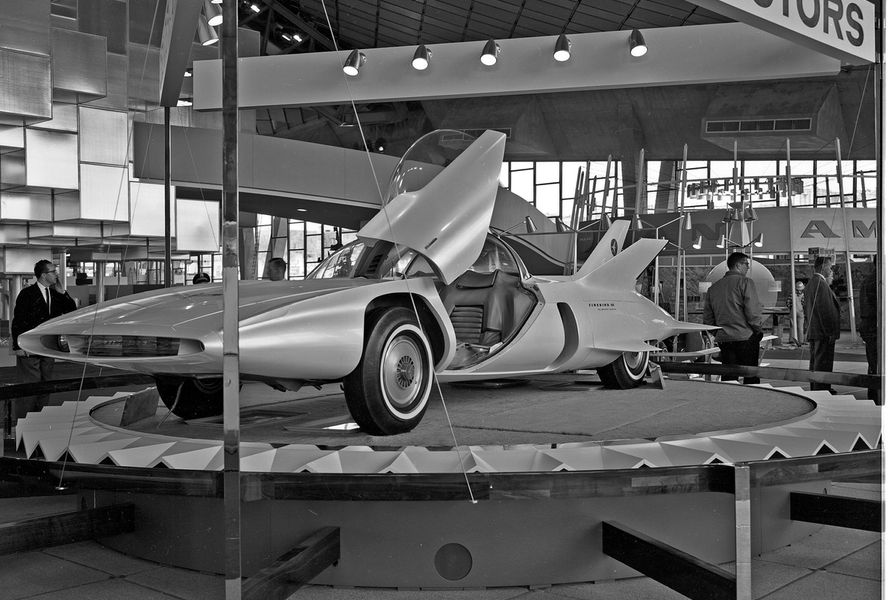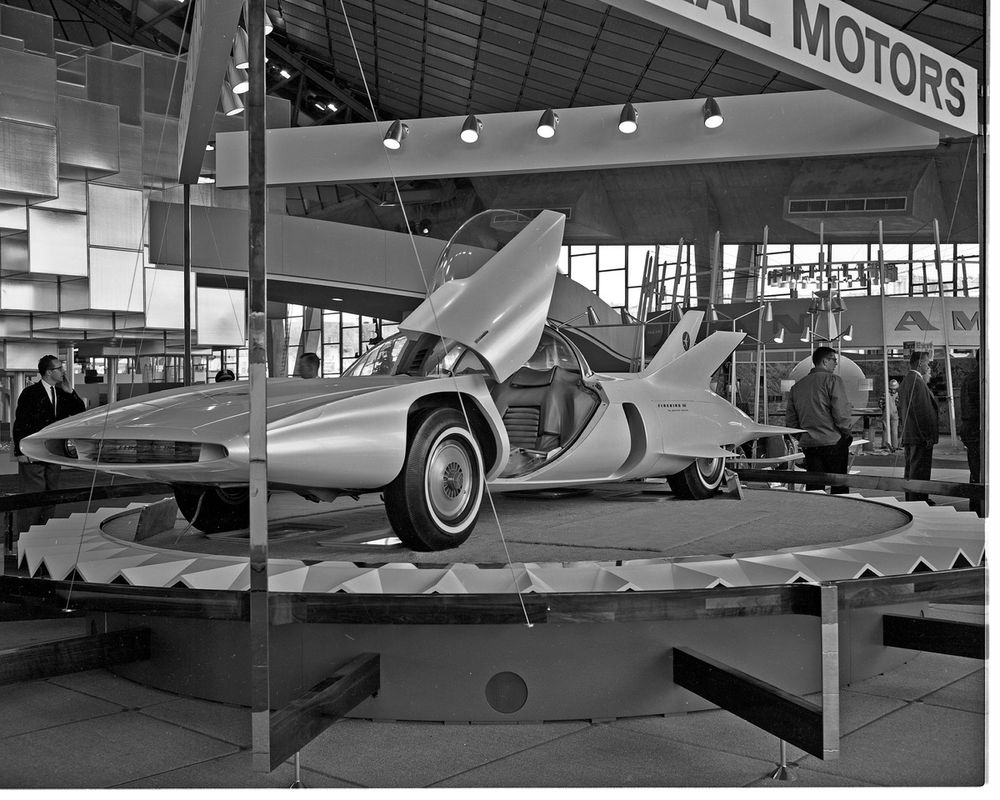Cities are complex systems. One visible artery of the city is traffic – the cluster of moving people and flowing goods – and mobility is critical for a city’s life. We should be concerned about voices pointing to disrupting forces on mobility, such as a Global Summit on Disrupting Mobility recently hosted by Massachusetts Institute of Technology.
The challenges of mobility in the city are well known; roads at capacity, urban growth, peak oil, air quality and climate change are among the prominent ones.
These challenges are already on the verge of disruption if we simply prioritise roads and cars. Melbourne and Sydney roads are at capacity – or beyond – in commuting hours already. There is just no space to cater for the transport demands of population growth of the predicted 50-100%.
We need change, and we need it urgently. But twisting a complex system somewhere, even with the best intentions, may have unintended consequences elsewhere. An evolution might be a better approach than just allowing technology to disrupt.
Beyond the driverless car
Much of the hype on disrupting mobility is caused by the emergence of driverless vehicles. But these alone would not reduce the number of vehicles on the road – quite the contrary.

Illustration from a Central Power and Light Company advertorial published in 1956 that predicted automated driving.
Image: Wikimedia Commons
The core of the problem is private car ownership and its inefficient use. Cars are often empty and stationary, and underutilised even on the road. Disrupting mobility is not just about driverless cars, it is multi-faceted.
Alternative means and systems are required to enable choice and comfortable access. This would mean better integration of various means such as fast mass transport, last mile transport and active forms of transport.
The design and integration of these modes require proper designs, regulations and policies, automation and control for safety, smart use of land and space for urban planning, supporting infrastructure, energy-efficient technologies and connecting IT platforms.
One key to reducing private car ownership is a shared transport economy. Shared vehicles, shared trips and shared parking spaces will improve efficiency.
Added to this is the smart integration of different travel modes. This is being attempted with train and bus connections, including multi-modal ticketing. But it should go far beyond these limited efforts – the current exploration of a single smart card for all forms of mobility is an example of this.
Even after the advent of the driverless car, a critical part of the mix will be mass transit. Last mile transport may become a niche for the driverless car. This could take the form of on-demand shuttle buses in areas surrounding a station, and improved bicycle parking and access.
In the US, Lyft has found that transit access makes up a large number of user requests and has recently entered partnerships with transit companies. At this stage, the transit company trip planner includes a link to the Lyft website so that passengers can plan their entire journey.
The changing bus
In areas of low travel demand, demand-responsive services are replacing fixed bus services with low patronage. The route and/or time is not fixed and is determined by passengers’ needs. These provide a more affordable service for operators and, depending on the service, more flexibility for passengers.
The Telebus service, operating in Melbourne’s outer east, allows passengers to be picked up or dropped off from their homes, saving a walk to the bus stop.
However, other entrants in this area, such as Melbourne’s SuitJet and San Francisco’s Leap bus, did not succeed.Flexible commuter buses are also gaining traction in the US. Bridj, in Boston, uses traffic data and historical information about passengers to determine weekly routes and timetables. For some patrons, the service offers a more convenient and reliable trip than using public transport.
Cities require connections
Another area of innovation is on-demand delivery of food and other goods. Australian company Swift is attracting attention in the US for its on-demand services, after starting out as a liquor delivery service. Food delivery services are also popular. These services could replace a car trip, which could involve cruising for a parking space, or a walking trip.
However, a vision of door-to-door vehicular travel will have effects on behaviour. Would anyone walk or cycle? Would these activities become simply exercise modes?
Cities are about people. Such a behavioural change would affect the atmosphere of the city by removing incentives for planning for walkability.
Effective transportation is about connecting people and places. Building a connected and integrated system of transportation modes – incorporating “traditional” and “disruptive” modes – is crucial for mobility and livability for future cities.
This article was originally published on The Conversation. Read the original article.












